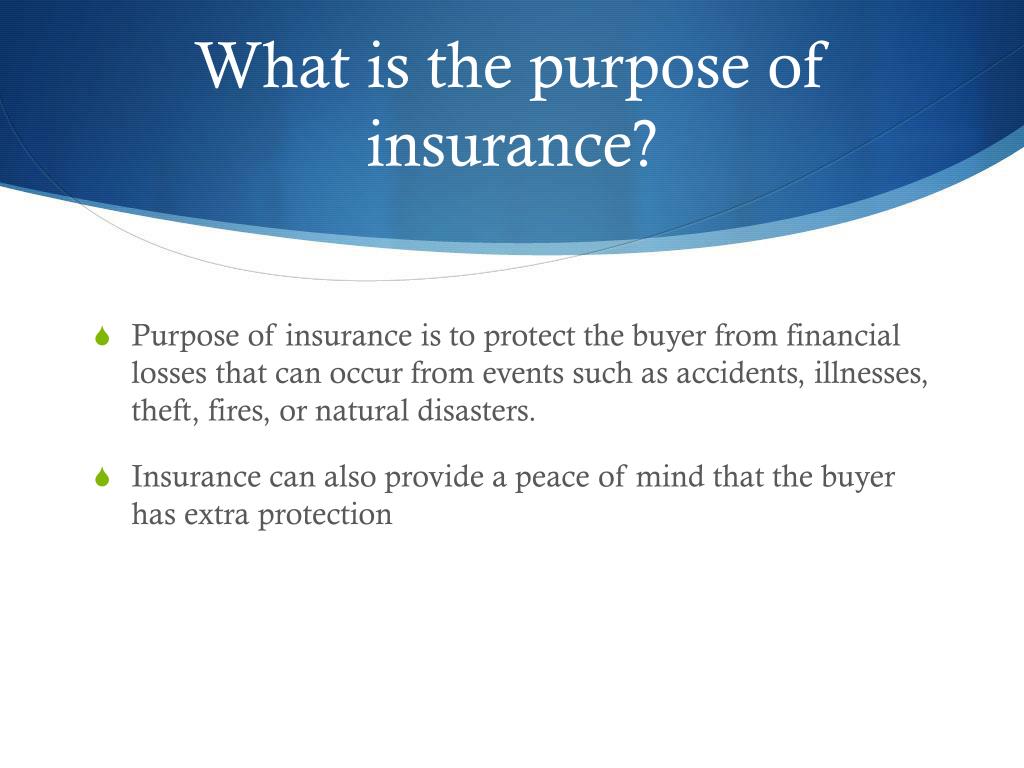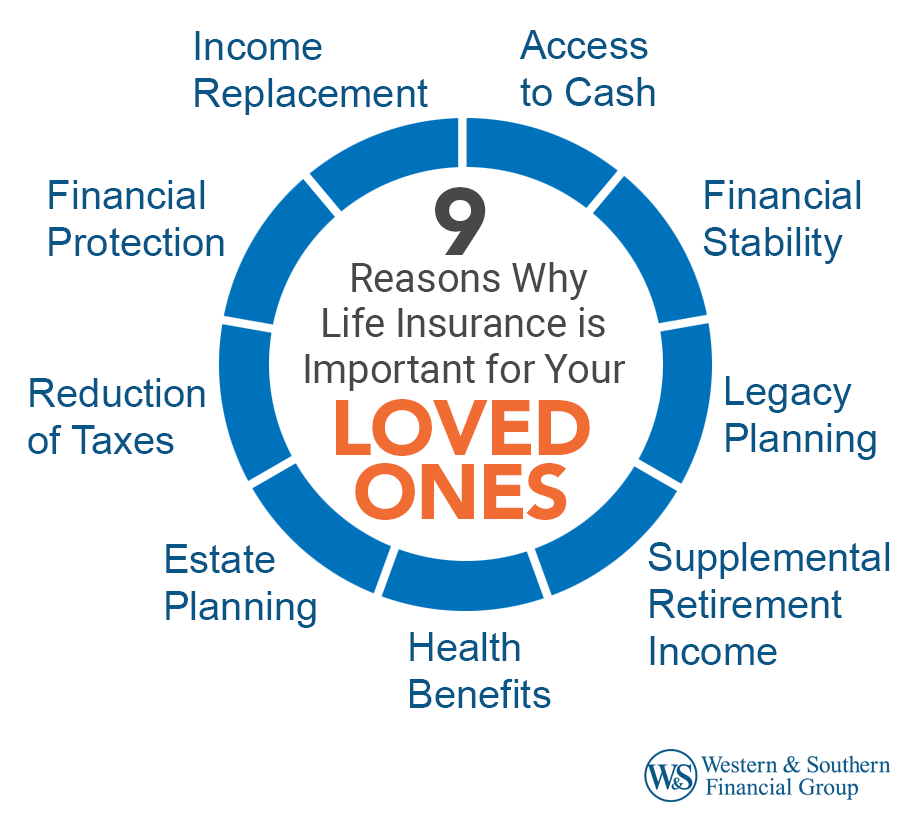Getting My Pacific Prime To Work
Table of Contents7 Simple Techniques For Pacific PrimeFacts About Pacific Prime RevealedThe Best Guide To Pacific PrimeExcitement About Pacific PrimeThe 10-Minute Rule for Pacific Prime

This is due to the fact that the data were collected for a period of solid economic efficiency. Of the approximated 42 million people that were uninsured, all but regarding 420,000 (concerning 1 percent) were under 65 years of age, the age at which most Americans end up being qualified for Medicare; 32 million were adults between ages 18 and 65, around 19 percent of all grownups in this age; and 10 million were kids under 18 years old, concerning 13.9 percent of all children (Mills, 2000).
These estimates of the number of individuals uninsured are generated from the annual March Supplement to the Current Population Study (CPS), carried out by the Demographics Bureau. Unless or else noted, national price quotes of individuals without medical insurance and proportions of the population with various sort of coverage are based on the CPS, the most widely made use of source of estimates of insurance protection and uninsurance rates.
The Facts About Pacific Prime Uncovered

Still, the CPS is particularly helpful because it produces yearly estimates relatively promptly, reporting the previous year's insurance policy coverage approximates each September, and because it is the basis for a regular collection of quotes for greater than 20 years, enabling evaluation of patterns in protection in time. For these reasons, as well as the extensive use the CPS in other research studies of insurance protection that are provided in this report, we rely upon CPS estimates, with limitations kept in mind.

The estimate of the variety of uninsured people increases when a population's insurance standing is tracked for a number of years. Over a three-year duration beginning early in 1993, 72 million individuals, 29 percent of the united state population, lacked protection for at least one month. Within a single year (1994 ), 53 million individuals experienced a minimum of a month without coverage (Bennefield, 1998a)
6 out of every 10 uninsured grownups are themselves utilized. Although working does improve the likelihood that one and one's family members will have insurance policy, it is not an assurance. Also members of family members with two permanent breadwinner have virtually a one-in-ten possibility of being without insurance (9.1 percent uninsured rate) (Hoffman and Pohl, 2000).
The smart Trick of Pacific Prime That Nobody is Discussing
New immigrants represent a considerable percentage of individuals without medical insurance. One evaluation has attributed a considerable section of the recent development in the dimension of the united state uninsured population to immigrants that got here in the nation between 1994 and 1998 (Camarota and Edwards, 2000). Recent immigrants (those who involved the United States within the past 4 years) do have a high price of being uninsured (46 percent), yet they and their youngsters make up simply 6 percent of those without insurance country wide (Holahan et al., 2001).
The connection between medical insurance and accessibility to care is well developed, as recorded later on in this phase. The relationship in between health and wellness insurance coverage and health and wellness outcomes is neither direct nor straightforward, an extensive clinical and wellness solutions research study literature web links health and wellness insurance policy protection to improved accessibility to care, much better quality, and improved personal and populace health and wellness status.
Degrees of analysis for taking a look at the impacts of uninsurance. This conversation of medical insurance coverage concentrates mainly on the U.S. populace under age 65 because essentially all Americans 65 and older have Medicare or other public coverage. It focuses specifically on those without any type of health and wellness insurance coverage for any type of size of time.
How Pacific Prime can Save You Time, Stress, and Money.
The issues faced by the underinsured are in some areas similar to those faced by the without insurance, although they are normally less severe. Wellness insurance policy, nevertheless, is neither necessary neither adequate to acquire accessibility to clinical services. The independent and straight effect of wellness insurance policy coverage on accessibility to health solutions is well established.
Others will certainly acquire the health treatment they need also without medical insurance, by paying for it out of pocket or seeking it from carriers who use care free or at extremely subsidized prices. For still others, medical insurance alone does not guarantee receipt of care since of various other nonfinancial obstacles, such as an absence of healthcare providers in their neighborhood, minimal access to transport, illiteracy, or etymological and cultural distinctions.
4 Easy Facts About Pacific Prime Described
Formal research about without insurance populaces in the USA dates to the late 1920s and very early 1930s when the Board on the Cost of Medical Treatment produced a series of reports regarding financing doctor office visits and hospitalizations. This visit here problem ended up being significant as the varieties of medically indigent climbed up throughout the Great Clinical depression.